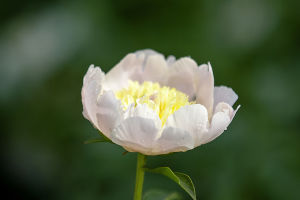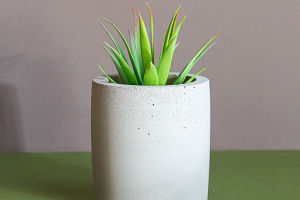Rose Care Mastery
Roses are timeless symbols of beauty and romance, but growing them successfully requires attention to detail and a bit of patience.
Here’s a comprehensive guide to planting and caring for roses to ensure they thrive and bloom spectacularly.
h3> Planting Roses
Start by choosing the right location for your roses. They prefer a sunny spot that receives at least six hours of direct sunlight each day. Ensure the area has well-draining soil, as roses do not tolerate soggy conditions.If your soil is heavy or clayey, enhance drainage by mixing in organic matter such as compost.
When selecting roses, consider both the variety and climate suitability. Roses come in numerous types, including hybrid teas, floribundas, and climbers. Opt for varieties suited to your region's climate and soil conditions.
Plant roses in early spring or fall. Dig a hole that is twice as wide and deep as the root ball of your rose. Enrich the soil by mixing the excavated material with compost. Gently remove the rose from its pot and place it in the centre of the hole, making sure the graft union (where the rose variety was grafted onto the rootstock) is level with the soil surface. Fill the hole with soil, pressing down gently to remove air pockets, and then water thoroughly to ensure the soil settles around the roots.
Daily Care
Roses need regular attention to flourish. Water them thoroughly once a week, keeping the soil consistently moist but avoiding excess water. Early morning is the best time to water, as it allows the foliage to dry before evening, reducing the risk of fungal diseases.
Fertilize roses regularly to encourage strong growth and abundant blooms. Apply a balanced fertilizer designed for roses every 6-8 weeks during the growing season, typically from spring through early summer. Avoid fertilizing in late summer or fall, as this can promote new growth that might not harden off before winter.
Pruning is crucial for maintaining the health and shape of your rose bushes. In early spring, before new growth starts, remove dead or diseased wood and any crossing branches. Trim back about one-third of the plant to encourage new growth and blooming. Regularly deadhead spent flowers to encourage ongoing blooming.
Pest and disease control is also essential. Monitor your roses for signs of pests like aphids and diseases such as black spot. Use organic or chemical treatments as needed, and always follow label instructions carefully.
With consistent care, roses can be a stunning and rewarding addition to your garden. Embrace the process, and enjoy the vibrant blooms and delightful fragrance that roses bring to your space.
Lykkers, we’d love to hear your thoughts on planting and caring for roses! Did you find these tips helpful for your own gardening journey? Share your experiences, questions, or any additional advice you have in the comments below. Let’s continue the conversation and grow together as a community of rose enthusiasts!
Rose Care Mastery: Unlocking the Secrets to Beautiful Blooms
Video by Exotic.ginger


